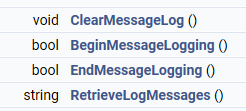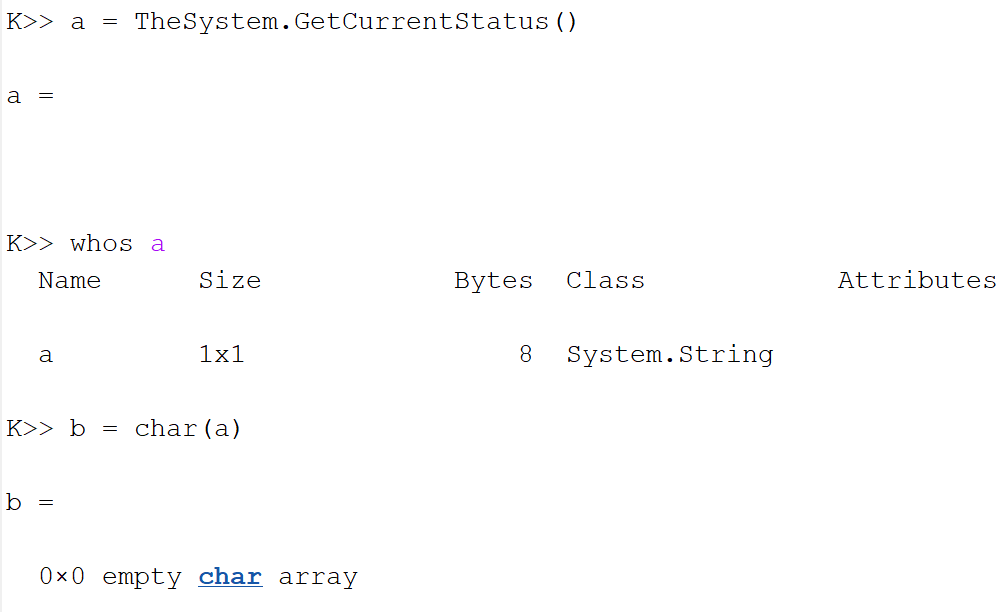It is a good practice to fail extremely loudly - if there is some issue, don't leave it up to the caller to detect the problem. Halt execution, and please throw an error.
We've been using CAD files, and the server we have been using the ZOS API didn't have Solidworks installed. Because of that, the ZOS API just silently ignores those CAD files - no logging, nothing. As a result, we have months of simulations that have produced bad results.
The answer I've gotten before is 'We rely on the user to handle errors'. This is terrible UX. How am I supposed to find problems? I make an exhaustive checklist that is 300 items long that validates each ZAR file the API ingests? How do I make that checklist in the first place? I don't see how I could have noticed this CAD issue.
At the very least, please print out potential issues to the console. The best option for UX would be to throw errors.
Please throw errors instead of failing silently
Enter your E-mail address. We'll send you an e-mail with instructions to reset your password.














